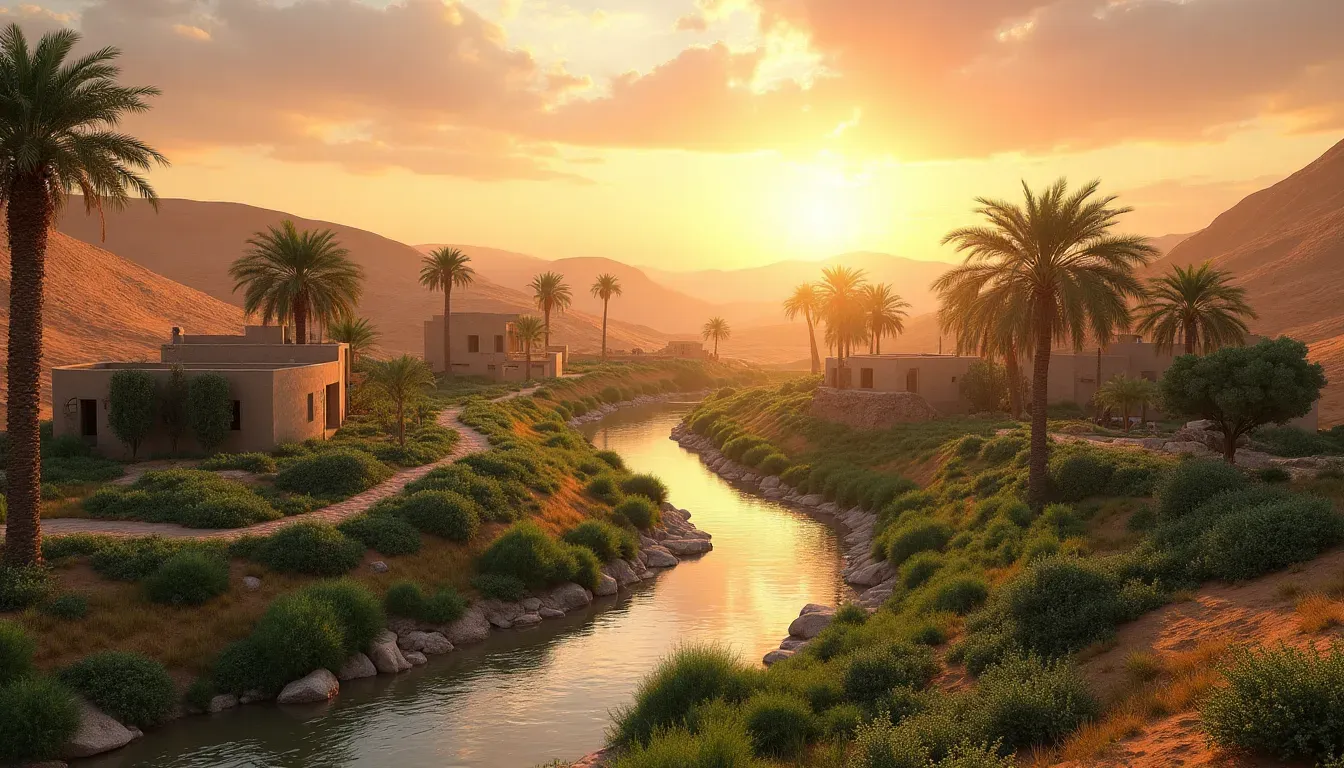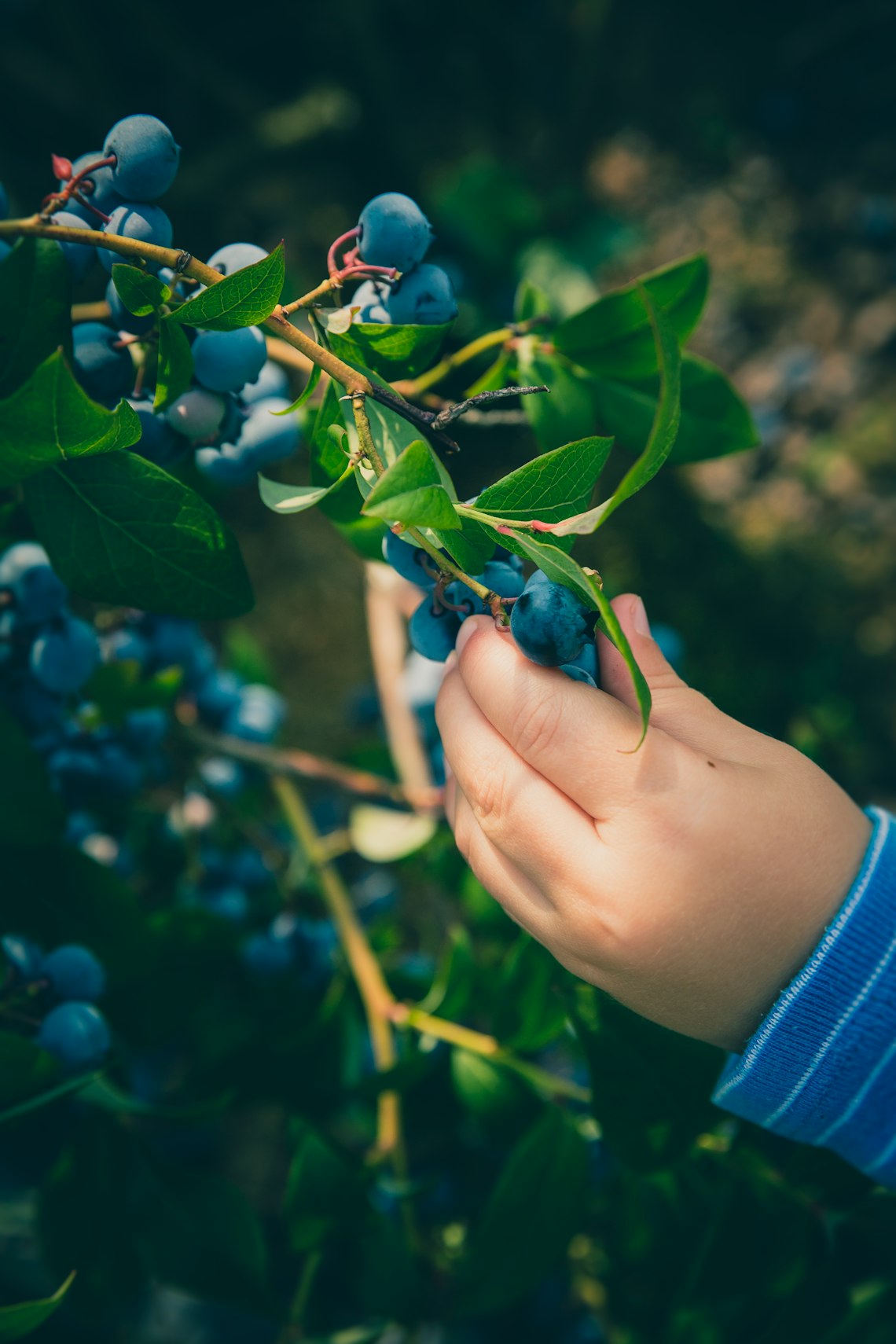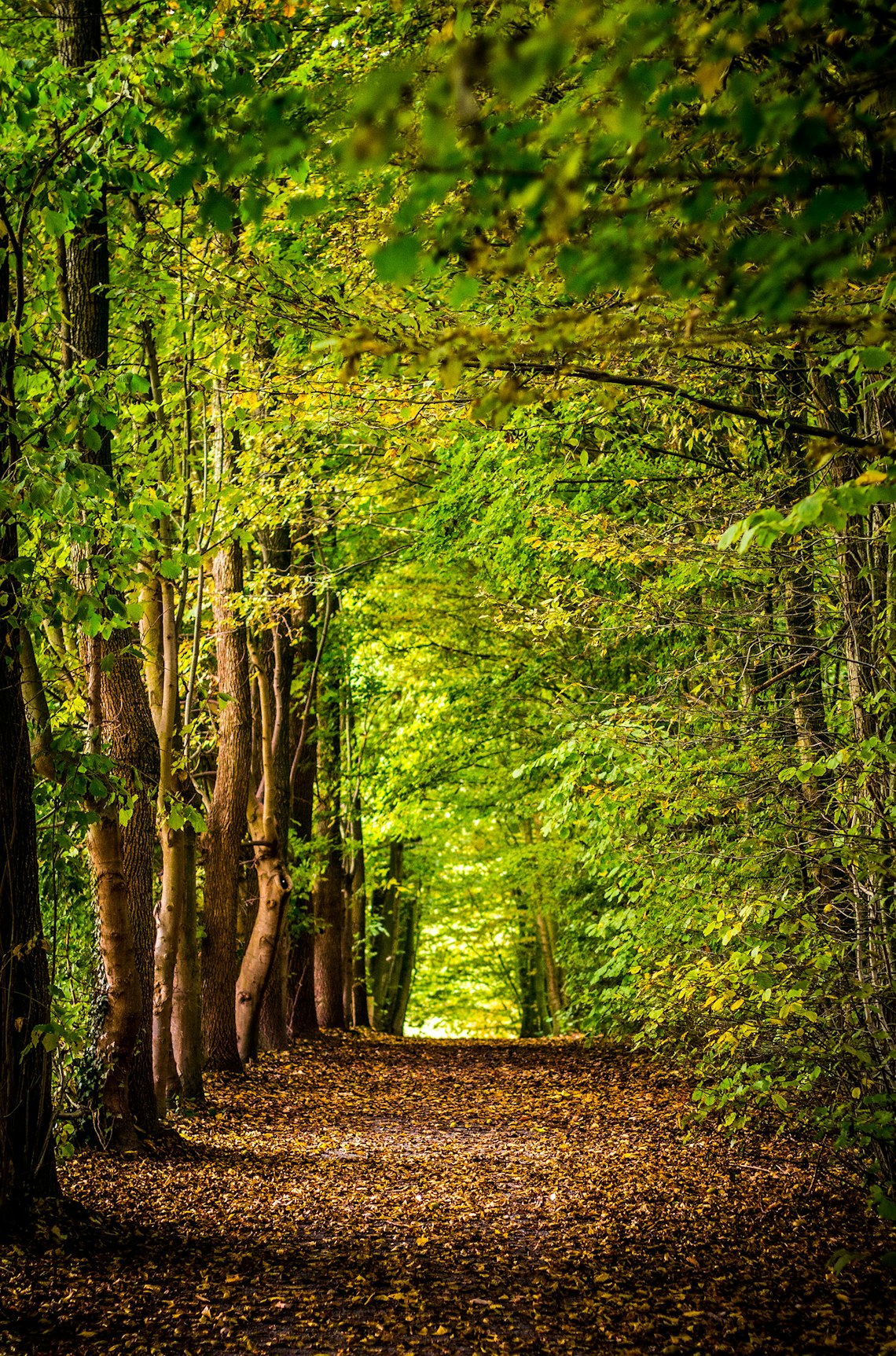Permaculture is revolutionizing how we view sustainable agriculture, particularly when it comes to transforming Moroccan landscapes. What was once arid desert is being revitalized into thriving oases, thanks to innovative techniques focused on ecological harmony. This transformation notably emphasizes desert transformation and water conservation, paramount for ensuring long-term sustainability.
The Role of Permaculture in Sustainable Agriculture
Permaculture, a term derived from "permanent agriculture," aims for a sustainable way of farming. This approach is particularly crucial for the Moroccan landscape, which faces challenges due to its dry and harsh climate. Through the implementation of permaculture principles, local communities are learning to utilize resources efficiently and create self-sustaining ecosystems.
Principles of Permaculture
- Observation: Recognizing natural patterns and adapting to them.
- Resource Use: Maximizing the use of available resources, reducing waste.
- Diversity: Encouraging diverse crops and livestock to enhance resilience.
Benefits for Moroccan Landscapes
Permaculture offers numerous benefits for transforming Moroccan landscapes:
- Soil Restoration: Techniques such as mulching and composting rehabilitate soil health.
- Water Conservation: Key strategies involve rainwater harvesting and efficient irrigation systems.
- Food Security: Diverse and sustainable agriculture leads to more stable food supplies.
Desert Transformation Through Permaculture
The application of permaculture in desert regions highlights the potential for desert transformation. Moroccan farmers employ techniques like swales, which are shallow channels designed to hold and direct water, to combat arid conditions. This not only aids in water conservation but also resulting in increased vegetation and biodiversity.
Water Conservation Techniques
In water-scarce regions, water conservation is critical. Innovative methods being adopted include:
- Rainwater Harvesting: Collecting rain in basins and using it during dry spells.
- Greywater Systems: Recycling household water for irrigation.
- Drip Irrigation: Minimizing water usage by directing it exactly where needed.
Challenges and Community Involvement
Despite its potential, permaculture faces challenges, including the initial cost of setup and the need for community education. However, by involving local communities and providing education on sustainable practices, these barriers can be overcome. This involvement not only empowers locals but ensures long-term success and adherence to permaculture principles.
Educational Initiatives
Numerous programs have been developed to educate about sustainable agriculture and its benefits:
- Workshops on permaculture design
- Training sessions on water conservation techniques
- Community projects focused on soil restoration
In conclusion, the transformation from desert to oasis through permaculture is a testament to the power of sustainable agriculture and creative environmental solutions. Moroccan landscapes, once marked by drought and scarcity, are slowly being turned into lush, productive areas through the dedication to water conservation and ecological balance. This movement not only enhances local biodiversity but also sets a precedent for other arid regions worldwide, showcasing a truly transformative approach to desert transformation.




